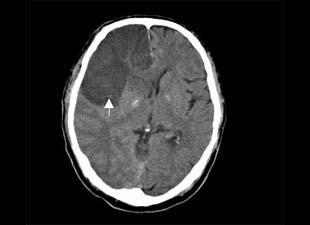
AsianScientist (Nov. 29, 2013) – People in rural northern China reduced their salt intake after participating in a community-based sodium reduction program and having access to salt substitutes, researchers reported in a late-breaking clinical trial at the American Heart Association’s Scientific Sessions 2013.
“We identified a low-cost, practical intervention that was effective in reducing sodium intake,” said Nicole Li, study author and research fellow at The George Institute for Global Health in Sydney, Australia. “The World Health Organization and other groups have identified population-based approaches to salt reduction as among the most cost-effective possible strategies for vascular disease prevention in both developed and developing countries.”
Researchers with the China Rural Health Initiative Sodium Reduction Study assessed 120 villages in which the average sodium consumption is 4.7 to 5.9 grams per day, far more than the World Health Organization’s recommended 2 grams per day maximum. Americans eat an average of 3.4 grams per day.
Sixty villages receive no intervention and continued with their usual practices.
Citizens of the remaining villages received community health education advising lower sodium intake, with special messages for residents at high risk of heart disease. In addition, a potassium-containing, reduced sodium salt substitute was promoted through a health education program and in village convenience stores. The 60 villages were further divided at random with 30 receiving a price subsidy for the salt substitute, and 30 getting the substitute at full price, which is about twice that of regular salt.
After 18 months, researchers examined 24-hour urine samples of 20 people from each village for sodium and potassium intake.
On average, those in villages who received the intervention reduced their daily sodium intake by 13 mmol (millimoles) compared with non-intervention villages. Villages with price-subsidized salt substitutes decreased their daily sodium by 17 mmol.
“The study findings could be applied in similar settings around the world in which salt added during food preparation at home comprises a significant proportion of daily sodium intake,” said Li.
The researchers are conducting a larger, five-year study in the same region to determine whether this sodium-reduction intervention impacts incidence of high blood pressure and stroke.
——
Source: American Heart Association; Photo: Mr. T in DC/Flickr/CC.
Disclaimer: This article does not necessarily reflect the views of AsianScientist or its staff.












